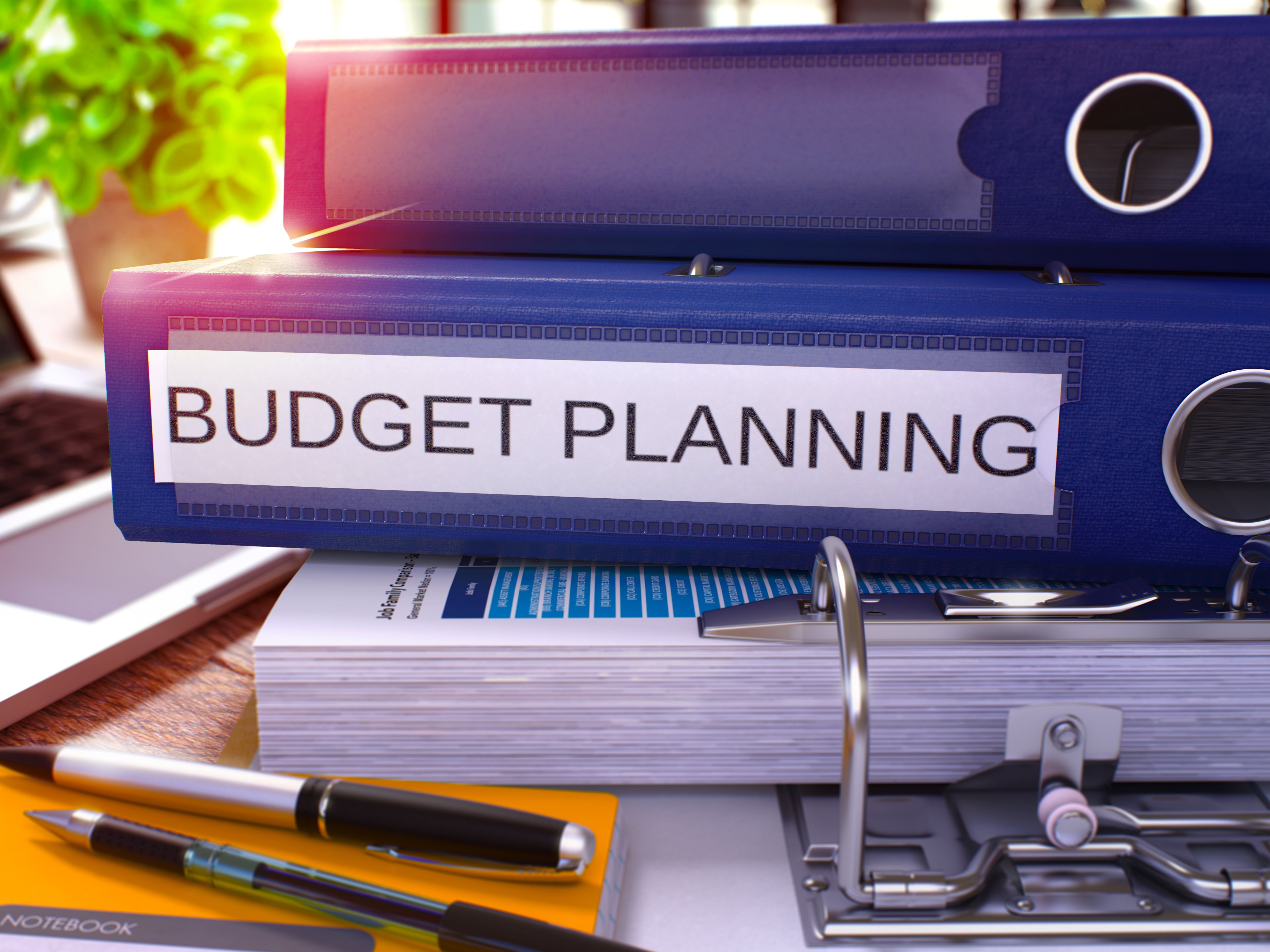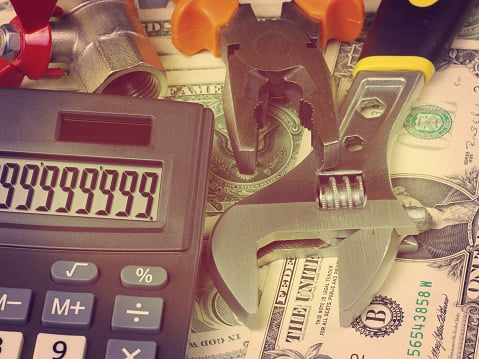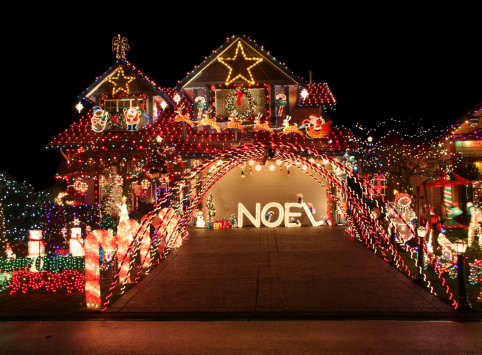 More often than not, sitting down to review your HOA Reserve Study can be about as easy-to-understand and enjoyable as sitting down to review the U.S. Tax Code. And just reviewing your HOA Reserve Study is not enough. As an HOA Board member, you’re responsible for using that HOA Reserve Study to plan for, allocate, adjust, and collect reserve funds accordingly.
More often than not, sitting down to review your HOA Reserve Study can be about as easy-to-understand and enjoyable as sitting down to review the U.S. Tax Code. And just reviewing your HOA Reserve Study is not enough. As an HOA Board member, you’re responsible for using that HOA Reserve Study to plan for, allocate, adjust, and collect reserve funds accordingly.
Here are some ideas to help you interpret your HOA Reserve Study and put it to good use so that your HOA can pay for what your community needs to keep it in good repair, easy on the wallet, and lovely to live in...today and in the future.
Know What's in Your HOA Reserve Study
An HOA Reserve Study is a list of the major common area components (such as streets, roofs, pools, and tennis courts) that identifies the costs involved to repair, maintain, and replace them over time as well as their estimated remaining useful life.
Every three years your HOA Reserve Study must include a diligent visual inspection of the accessible common area components. According to the Davis-Stirling Act, diligent inspection includes getting on roofs, inspecting the landscaping and underground irrigation system, opening electrical panels, and much more to obtain all relevant equipment and maintenance information.
It’s important to remember that your HOA Reserve Study needs an annual review because buildings don't age gracefully and often not according to plan. So, the annual review is your HOA Board’s opportunity to stay on top of your reserve fund requirements and make adjustments where necessary.
To accomplish this well-rendered list, the HOA Reserve Study needs to be prepared by someone who has skills in engineering, expertise in financial projecting, and talent in investment strategy.
Make Sure All The Components are Listed
One mistake that is often made, especially if the HOA Reserve Study is done by someone who is not an expert, is that the component list is incomplete. For example, the list may say “Paint Exterior” but doesn't include things like trim repair and sealant. Mistakes like that can cost you big time.
Do The Math
Let’s say one of the components is replacing the sprinkler system (not just the sprinkler heads, but the entire irrigation system) in 20 years. Your HOA Reserve Study will divide the replacement cost by 20 years, and that’s how much will need to be allocated to your reserve funds each year. That way, at year 20 when it’s time to replace, your HOA has 100% of the funds available.
Check The Percentage of Funding for Each Component
If the HOA Reserve Study shows that a project is 100% funded, that means the project is on track with the right amount of reserve funds in place at that point in time. For example, using the above sprinkler system component, let’s say the cost to replace the sprinkler system is projected to be $500,000 in 20 years. That means $25,000 should be allocated to the reserve funds each year. If your property is now 10 years old since the time of the HOA Reserve Study, the project is considered 100% funded if there is $250,000 in the reserve account. Anything less than that, and the project is underfunded. And that puts you at risk for special assessments, difficulty getting loans, and really frustrated HOA members.
Account for Inflation
Make sure the replacement costs are based on an average of 3% inflation per year. This is an easily forgotten step in the process, but on components with long lifespans (such as our 20 year example) it can amount to being significantly underfunded.
Keep it Fair
The best way to ensure your reserve funds are at the ready is through annual assessment increases as well as reserve allocation rate adjustments. That’s why an annual review of your HOA Reserve Study is so important. Whether an unexpected component item comes up for repair sooner than expected or you’re funding a roof replacement in 25 years, it’s fair to everyone to spread the costs as evenly as possible over time. After all, current members are contributing to the deterioration of common areas (in other words, they’re enjoying them while at their newest), so it’s only fair to contribute to their eventual replacement and not leave future owners holding the bag.
Get Help from a Pro
Do you and your board have the time and resources to keep up to date with your HOA Reserve Study? HOA Reserve Studies are complex, and our professionals at The Hignell Companies can help! Contact us for a free evaluation. In the meantime, be sure to download our free eBook, 6 Steps to Funding Your HOA Reserve Account.









